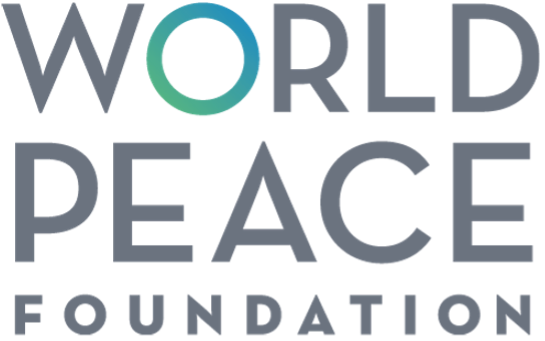China
In July 2020, China joined the Arms Trade Treaty, which requires states to consider conflict in their arms export policies. In practice, it tended to arm countries with high miliary acquisition, even when they were engaged in conflict.
Explore the graphics below to see how the likelihood of arms sales increases or decreases with different factors.
What factors might affect arms exports from China?
War
No significant difference was found between arms exports to countries at war or during peacetime.
Money
Arms sales from China are:
- More frequent as the total military acquisition of the recipient from all other suppliers increases
- Less frequent as the GDP (per-capita) of the recipient increases 2
- More frequent as the military expenditure of the recipient increases 1
Relationships
Arms sales from China are:
- More frequent if the recipient is already a recent customer 4
- Less frequent if the recipient is a member of NATO
Other
No significant difference was found between arms exports to different countries based on other miscellaneous metrics.
Conflicts
Direct conflict participation
China did not directly participate in any of the conflicts analysed in this project
Weapons supplies to conflict participants
China supplied Major Conventional Weapons to active participants in the following conflicts:
Top arms recipients
The greatest recipients of Major Conventional Weapons from China by value* between 1990 and 2018 are as follows:
*The SIPRI Trend Indicator Value (TIV) is a relative measure of arms transfer value, normalized for inflation and currency.
Full results
All metrics were investigated using regression analysis. The full results are reproduced here.
Footnotes
- 1Measured in constant 2018 millions of USD
- 2Both total GDP and GDP per-capita were analysed, with similar results. In each analysis whichever had higher significance is specified although the differences were minor.
- 3This metric is only applicable to supplier states whose export control regimes claim to involve any criteria related to human rights in the recipient country.
- 4Transfers above 5,000 TIV in the last five years. The SIPRI TIV unit is a measurement of the value of arms which is independent of currency and inflation.
- 5This metric is only applicable to supplier states that also participated in the conflict.
- 6This metric is only applicable to supplier states that also participated in the invasion or the main international force up to 2011.
